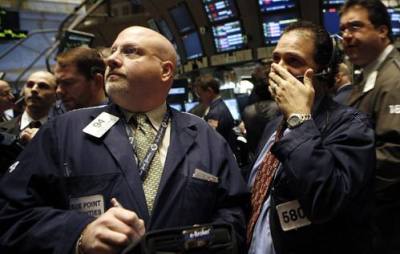
The study tracked three brands, Starbucks, Coca Cola and Nike, over the course of 10 months in 2010-2011. The number of Facebook fans, Twitter followers and Youtube views were used as measures of each brand’s social media popularity. This data was tracked against daily stock price movements for each of these companies, relative to an index of consumer stocks (which reflects how well the stock market is doing in general) and keyword search trend data (the number of searches for “Starbucks” reflects general public interest in the brand and should show spikes due to major announcements).
[aditude-amp id="flyingcarpet" targeting='{"env":"staging","page_type":"article","post_id":249284,"post_type":"story","post_chan":"none","tags":null,"ai":false,"category":"none","all_categories":"business,social,","session":"D"}']This study only looked at a very small number of brands and the indices used to track stock market performance, and public interest might not be sufficient to separate the influence of social media popularity from other factors. However, traders are increasingly taking techniques like sentiment analysis (another measure of a brand’s standing with consumers and media) seriously.
AI Weekly
The must-read newsletter for AI and Big Data industry written by Khari Johnson, Kyle Wiggers, and Seth Colaner.
Included with VentureBeat Insider and VentureBeat VIP memberships.
Reuters’ trading dashboard uses text and sentiment analysis from Lexanalytics to track news on 20,000 stocks and commodities. Text analysis determines the meaning of a block of text, while sentiment analysis determines the mood or tone of the text and how positive or negative it is, e.g. a very positive review of a new product. This data is now being used as actionable input for algorithmic trading, automated trading software that accounts for up to 50 percent of trades in the U.S.
I recently talked to Rochester Cahan, Vice President of Global Equity Quantitative Strategy at Deutsche Bank about the usage of text and sentiment analysis in trading. His team advises fund managers on trading strategy and has been experimenting with the Reuters service. According to Cahan, the amount of relevant data available on a stock is becoming impossibly large for a human trader to process. To be used by a trading system, the massive amounts of unstructured text containing information relevant to a stock need to be summarized into a simple number (or numbers). This is where text and sentiment analysis scoring come in.
Multiple news sources are analyzed for particular words, tone, relevance and freshness, e.g. the latest news reporting that Apple will not support NFC in the iPhone 5. If there is a statistical relationship between a stock price rise and similar news in the past, then the trading system will buy.
Cahan told me that he has seen significant improvements in trading performance when the text and sentiment scores are used as trading inputs. In addition, the scores were uncorrelated with existing trading signals, i.e. they provide new information to the trading system.
The most positive sentiment levels are not necessarily the most useful for trading. When, let’s say, Apple announces the iPad to almost universal media euphoria, the stock price reacts very quickly so it’s difficult to take advantage of the information. However, stocks with moderate positive sentiments tend to be overlooked by the market and make good buys.
VentureBeat's mission is to be a digital town square for technical decision-makers to gain knowledge about transformative enterprise technology and transact. Learn More
